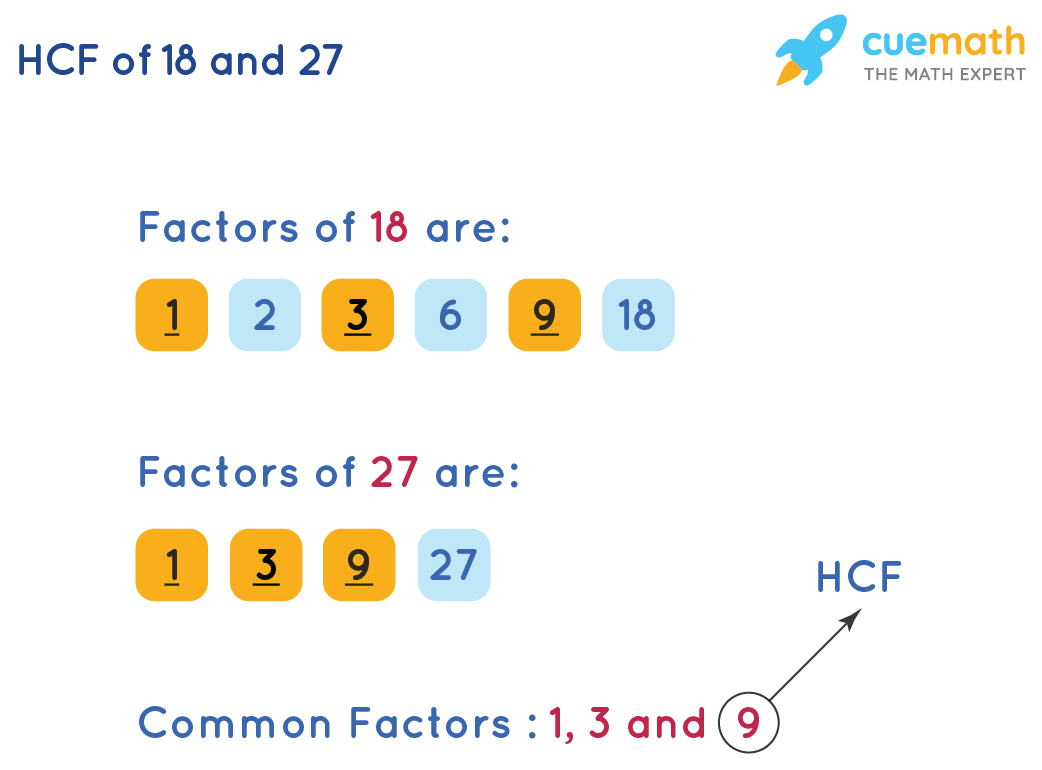

For each fraction, we can find its equivalent fraction by multiplying both numerator and denominator with the same number. Convert a Fraction to an Equivalent Fraction.
IFACTOR EXAMPLES IN MAPLE HOW TO
30 as a Fraction using the formula above, step by step instructions are given below Take only after the decimal point part for calculation.3 … How to convert a fraction into an equivalent fraction.

By 1984, active participants were roughly equal (30 million each).30 as a Fraction - Calculation Calculator. therefore, are the percentage of respondents naming a tax as a fraction of those. A fraction multiplied by its Reciprocal equals 1 use this fact to isolate x and solve an equation: Fixing Social Security: The Politics of Reform in a. Obviously 5/8 > 3/8, but what about 5/8 and 7/12? Here’s how to tell: Express each fraction with a Common Denominator: Or, express each as a decimal: Also, test for Equality of Fractions : Eliminating fractions. After looking at EAP, 1/2011 LSC-O Definition: A fraction is a numerical …. You'll find out that 2/3 is one of the fractions equivalent to 8/12. Which of the following are equivalent fractions of 2/3? Finally, let's multiply the fraction's numerator and denominator by four. … The equivalent fraction of 2 by 3 is | Math Index.

If possible, the solution should be simplified. Simply, the numerators and denominators of each fraction are multiplied, and the result forms a new numerator and denominator. comTwitter: In this lesson, you will learn what an equivalent fraction is and ho. The denominator b b represents the number of equal parts the whole has been divided into, and the numerator a a … (Calculate & Find Equivalent Fractions) - Part 1 - YouTube. A fraction is a way to represent parts of a whole. In a fraction, a a is called the numerator and b b is called the denominator. Since a fraction implies … Using Models to Represent Fractions and Mixed Numbers. Equivalent fractions are fractions which use different numbers in the numerator and denominator but represent the same proportion of a whole. The proof is … Equivalent Fractions Calculator - What Other Fractions are …. The equivalent fractions are 6/9 and 4/6, because they can be reduced to 2/3. This process is experimental and the keywords may be updated as the learning algorithm improves.Which fractions are equal to 2/3 ? Check all that are true. These keywords were added by machine and not by the authors.
IFACTOR EXAMPLES IN MAPLE SERIES
Numerical approximation of a function (Section 6.9): Automatic integration through evalf Taylor series computation function definition through unapply rational function approximation with convert (., ratpoly) Chebyshev polynomials, Chebyshev approximation with chebyshev. The 3 n + 1 conjecture (Section 6.8): Number theory large integers type checking with structured types selection of a result through op integer quotients and remainders (iquo) definition of a recursive function through proc and through assignment. Primitive trinomials (Section 6.7): Modular integer and polynomial arithmetic factorization of integers and polynomials (ifactor and factor) factorization over finite fields iterated computation using for-in-while. Stock market computation (Section 6.6): Linear algebra with linalg matrices eigenvalues and eigenvectors characteristic matrices and null spaces. Zeros of Bessel functions (Section 6.5): Name aliasing constrained root-finding with fsolve plots of several functions formatted output of a table. The critical length of a rod (Section 6.4): Differential equations solved through dsolve name aliasing substitution of identities one-sided limits two-dimensional plotting. The Maxwell gas velocity formula (Section 6.3): Finding a maximum of a function through dif f and solve simplification of algebraic expressions with simplify. Here’s a list of the examples and the Maple techniques they illustrate:īalancing chemical reactions (Section 6.2): Equation solving with isolve back substitution of a solution into the defining equations. This chapter shows Maple in action on a collection of problems drawn from engineering, mathematics, and the physical sciences.


 0 kommentar(er)
0 kommentar(er)
